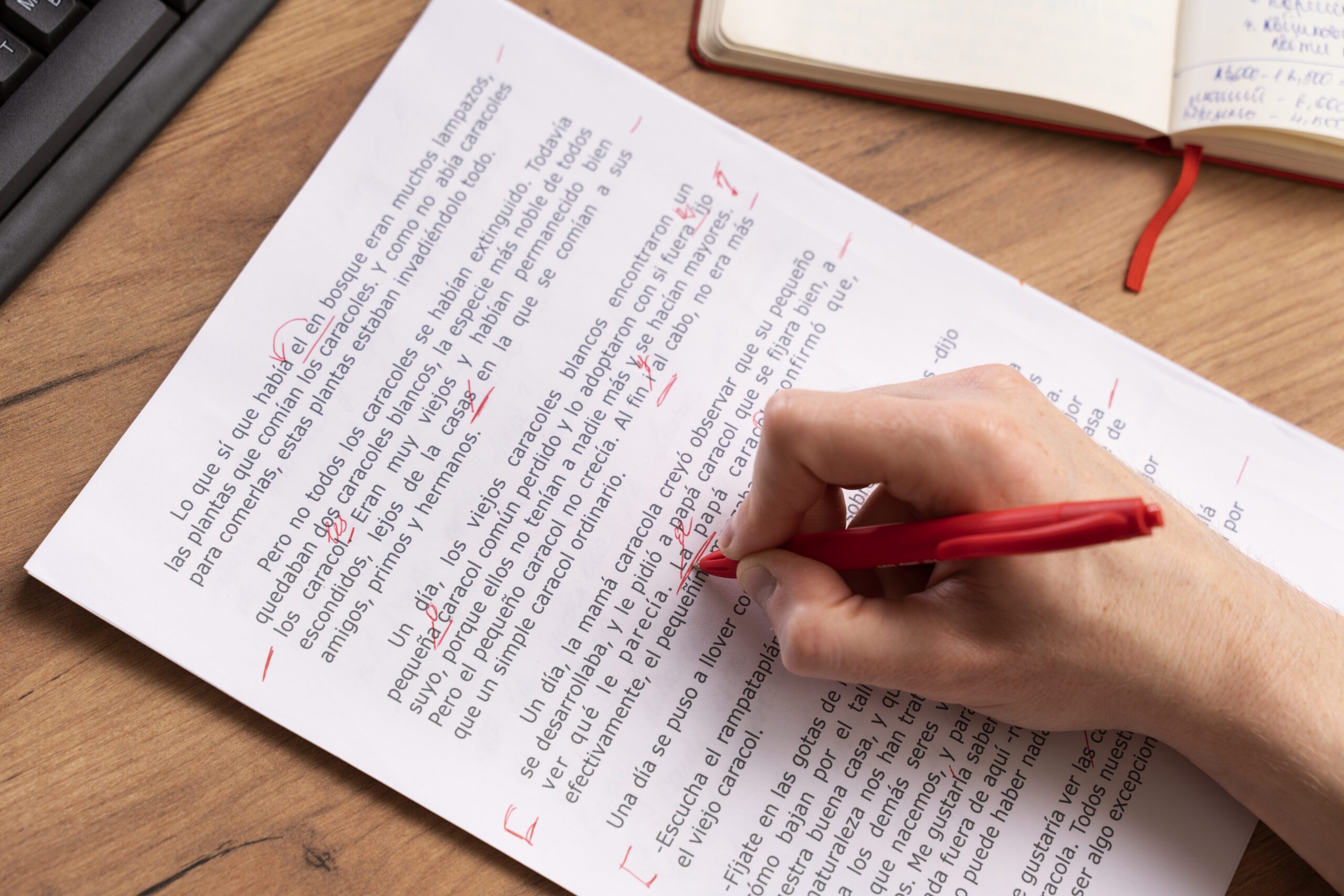Many students find IELTS writing task 1 difficult, but it is also an opportunity to showcase your analytical skills. This task assesses your ability to interpret and summarize data accurately. To score higher, you must effectively describe visual information. In this blog we will provide a comprehensive guide so that you can master IELTS writing task 1 and ensure your responses are clear and concise and your writing aligns with the scoring criteria.
Understanding the task
In writing task 1, you are required to write and summarize the main features of the given visual representation, and your writing must exceed 150 words. The visual representation can include bar graphs, pie charts, tables, line graphs, and process diagrams. Your goal is to summarize the visual by identifying key features. Keep in mind that you are not supposed to add personal opinion, and at the same time, you must be precise and accurate.
Step 1: Analyze the visual
After opening the question booklet and writing, take some time to carefully understand the visual. Identify what the chart is asking you to do. You can ask yourself the following questions for clarity:
- What does the title indicate?
- What do the axes represent (if given)?
- What are the noticeable trends, patterns, and comparisons?
Step 2: Plan your response
Without a proper plan for your writing, you can get lost in the middle of your writing. That is why you should make an effective plan before you start writing. You can structure your response in three parts:
- Introduction: Briefly paraphrase the prompt given. For example, if there is a pie chart showing the energy consumption by different sectors in 2024, your introduction can be: “The given pie chart illustrates how much different sectors consume energy in 2024.
- Overview: In the overview part, you are supposed to highlight the major trends or features. But do not include any numbers or data because you will use them in the body paragraph. An example of an overview would be: Overall, the industrial sector accounted for the highest energy consumption, while residential use was the lowest compared to all the other sectors.
- Body paragraph: Here in the body paragraph you need to provide detailed descriptions of data. Organize your descriptions logically and maintain proper cohesion. You are encouraged to make two body paragraphs and divide your description into two separate paragraphs so that it is easy for the examiner to read.
Step 3: Use precise language
Your vocabulary plays a crucial role in your summary. You can use a variety of verbs and adjectives to describe changes, for example, decrease, sharp, fluctuate, gradual, dramatic, etc. For example:
- The number of mobile users rose sharply from 20,000 to 60,000 between 2018 and 2020.
- There was a dramatic decrease in the number of button phone users in the year 2021.
Step 4: Pay attention to grammar and cohesion.
Accurate grammar and proper use of cohesive devices play an important role in your score. Use a variety of different linking words, such as however, in contrast, while, and whereas, to connect your ideas logically. Pay attention to common grammar mistakes, for example, subject-verb agreement.
Common mistakes to avoid
- Not including the overview: If you omit the overview in your response, you will lose points in task achievement.
- Writing too many words: Your word limit is 150, but that does not necessarily mean you will write 300 words in task 1. Avoid unnecessary details and don’t be repetitive.
- Misinterpreting data: Make sure your analysis of the chart is accurate. Double-check your numbers, labels, and trends before you start writing.
- Using informal language: Do not use informal language and maintain a formal tone throughout your response.
Conclusion
You need data interpretation skills, precise language, and structured writing to master IELTS writing task 1. Carefully analyzing the visual, planning your response, and employing effective vocabulary and grammar, you can produce a well-rounded answer. Keep in mind task 1 is not about just describing the data but describing it in a way that is logical, accurate, and impactful.

